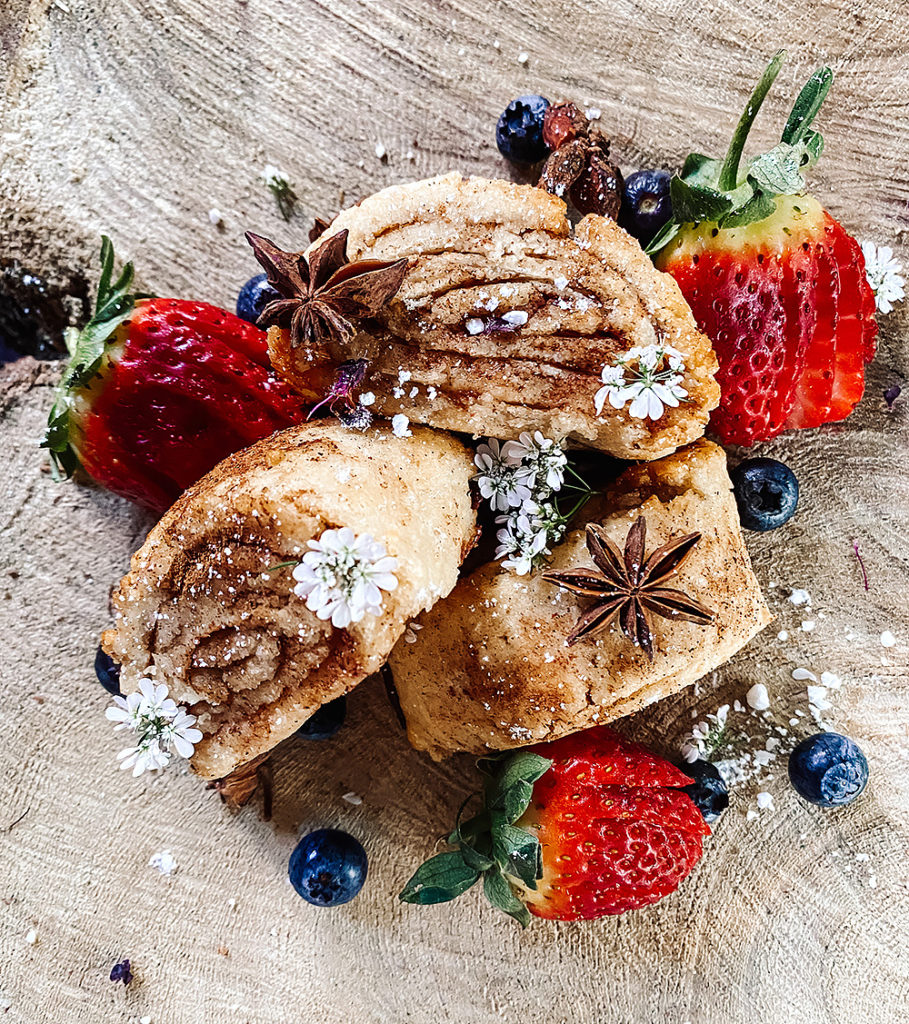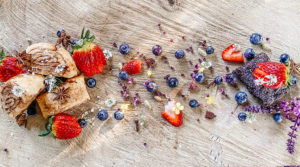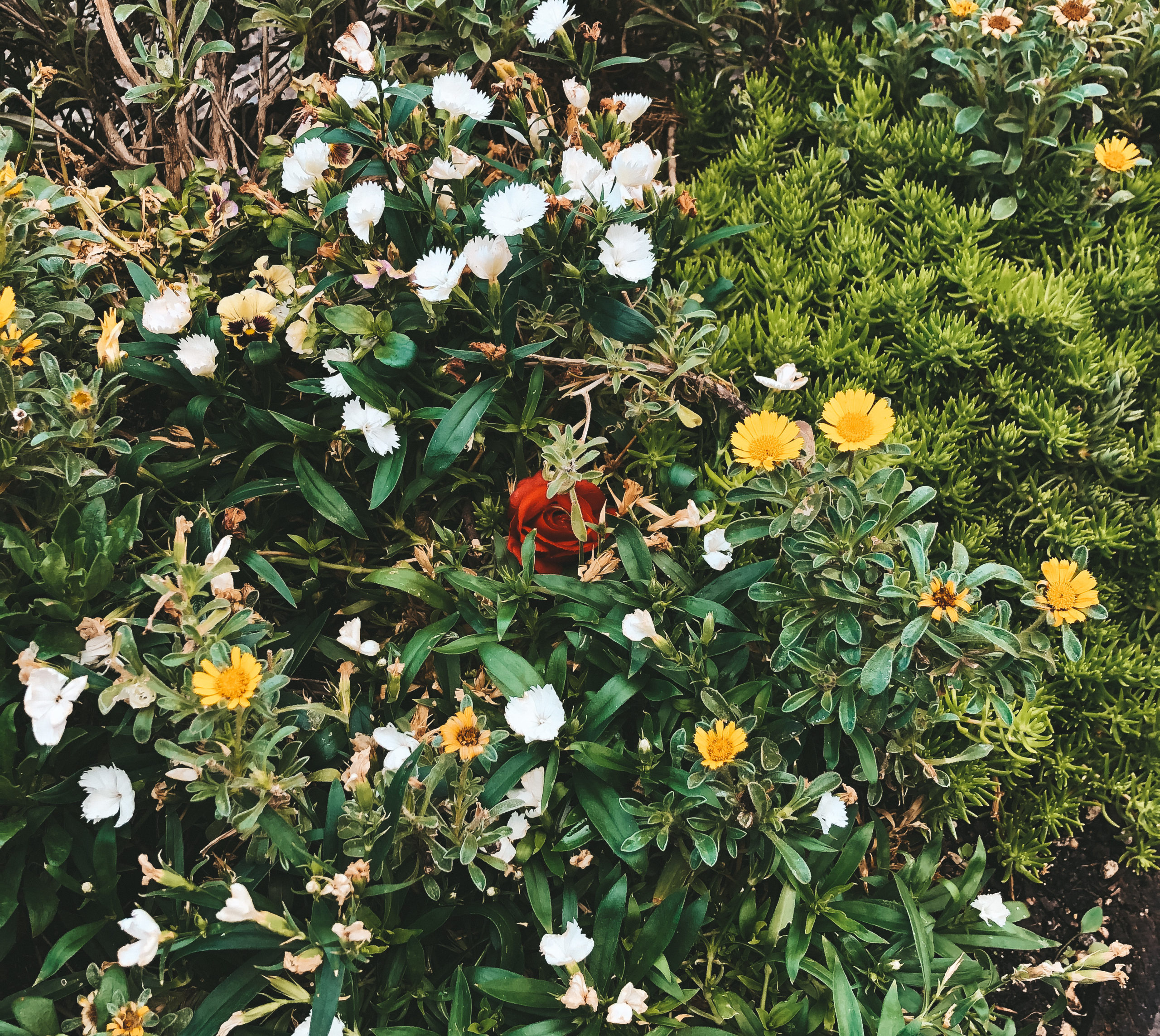
Current statistics show that 15% of Australians have a gluten free diet. For some this is a choice and for others a medical necessity.
As a coeliac (celiac), or someone with a severe gluten allergy, food can be stressful and confusing. There is no denying that there is a lot to learn about eating and catering for a gluten free diet, however it should not be limiting as there are numerous alternatives available. There are many ways to simplify gluten free eating, eliminate the stress, and ensure that you are not missing out on anything, pleasure wise and nutritionally.
Learning how to work with different ingredients, how to determine whether a product is gluten free, and how to prepare food in a way which is not contaminated by other gluten products are just some of the things you need to know in order to properly prepare gluten free food. While this can be overwhelming and is not always easy, it continues to improve with an increase in coeliac awareness, education and emerging new products.
Gluten Free food is often surrounded by the stereotype which deems it as tasteless, however this doesn’t have to be the case. With advances in the hospitality industry, a growing awareness for coeliac disease and new products appearing all the time, gluten free can be made to taste so good, you wouldn’t even know it was gluten free!
Eating Out
For many people with Coeliac Disease, eating out can cause a lot of anxiety and stress as there is an increased risk of getting sick from gluten contamination and options can be limited. Eating out should be enjoyable, despite having dietary requirements, and can be managed so that you can still go out, relax and enjoy yourself without the stress.
Here are some ways to manage being gluten free when eating out:-
- Do your research. If you know you’re traveling to a specific place, do some research into local cafés or venues in the area. Get in contact by calling ahead and asking what gluten free food they offer, how they prepare certain items and any questions you have regarding their food. It never hurts to let them know you’re coming in advance, and don’t be afraid to ask questions!
- Let them know you are coeliac. Letting them know you are coeliac and require your food to be gluten free for a medical reason, rather than choice, will allow them to take extra precautions to ensure your food is prepared properly.
- Check for obvious cross contamination. Unfortunately, some places will label a product gluten free as it is made from gluten free ingredients, however, it isn’t actually gluten free, as it has been exposed to gluten. In order for a product to be truly gluten free, it needs to have been prepared separately to gluten containing products, so check with the venue about how your meal will be prepared. Main things to check and ask include:–
- If the venue has a dedicated gluten free fryer.
- If gluten free bread is toasted separate to regular bread.
- Request cooks to change gloves and wipe down benches and cooking surfaces.
- Request gluten free takeaway products to be packaged separate to gluten containing products.
- Change tongs and utensils when handling gluten free.
- Relax and let yourself enjoy your food. It is important to not let fear and anxiety about eating out get in the way of enjoying your time with friends and family, so do your best at ensuring your meal is safe, then focus on enjoying yourself.
Eating at Home
At home, gluten free food doesn’t have to be complicated or bland. There are heaps of products out there which make it easy to create delicious and healthy gluten free versions of your favorite foods, so you don’t have to miss out on anything.
Here are some ways to make eating and cooking gluten free easy:-
- Manage cross contamination. Main ways to manage cross contamination at home include:–
- Have a separate gluten free toaster.
- Do not use wooden cooking utensils that have been in contact with gluten.
- Have separate condiments (butter, spreads etc.) for gluten free products to ensure that crumbs are not being transferred.
- Wash surfaces and hands before handling gluten free products.
- Make sure all utensils are washed properly after being in contact with gluten.
- Store uncovered gluten free products on the top shelf, or in a separate drawer.
- Do your research and find out what products and alternatives are available at your local stores and online, and what you might be eating that’s already gluten free. Many wholefoods are naturally gluten free such as fruits, vegetables, nuts, fresh meat and seafood, so chances are some of the things you’re eating are already gluten free or can be easily modified.
- Get creative and try new things. Cooking with gluten free ingredients can be quite different, so have a go at experimenting with different ingredients and cooking styles. Substituting ingredients can take a bit of getting used to, so don’t give up after one go.
- Ask for help. Following a gluten free diet can be overwhelming, so don’t be afraid to ask for help. There are numerous ways you can access help and support such as visiting a dietician who can answer any questions you may have and ensure you are getting adequate nutrition from your diet, or accessing the many resources available online at organisations such as https://www.coeliac.org.au/ .
If I can assist you in any way, feel free to get in touch via the contact section.
Looking for gluten free inspiration? Check out my favorite recipes!
Catering for Gluten Free
In the past few years, the hospitality industry has come a long way in catering for coeliac’s, especially with the development of 100% gluten free venues, however there is still a long way to go. It is essential that preparing and serving gluten free food is done correctly to protect the health of those who medically require a gluten free diet.
Key tips on preparing gluten free food:-
- Manage cross contamination. In order for food to be truly free from gluten, cross contamination needs to be controlled. Ways to limit cross contamination include:-
- Ensure utensils, appliances and surfaces such as knives, grills, trays and cutting boards are clean and free from gluten before preparing gluten free items.
- Avoid using wooden spoons or boards that have been in contact with gluten.
- Wash hands or change gloves/tongs before handling gluten free products.
- Have a designated gluten free toaster, fryer and pasta water pot.
- Place gluten free products on the top shelf. In cabinets, ovens and storage areas, uncovered gluten free products should be on the top shelf to avoid above crumbs.
- Package gluten free products separate to gluten containing products.
- Check the labels for ‘may contains’. In some cases, unsuspecting ingredients can be manufactured in the same location as gluten products, so always check the labels.
- Educate yourself and staff. Learning what gluten is, how to prepare gluten free food properly and how you can improve your gluten free practices is important as it allows people who are sensitive to gluten to enjoy your products as well.
- Label products properly. Food should not be labelled gluten free if it contains traces of gluten as it can affect the health of those medically requiring a gluten free diet.
One of the biggest challenges people with coeliac disease face is eating out. When there are no safe options available, it can be very stressful and isolating, so it is always appreciated when a venue understands what coeliac disease is and provides safe options.
Remember that a Coeliac didn’t ask to be gluten free. If they see that a venue takes care to cater for them, they will become a very loyal customer.
If you have any questions, comments or requests, don’t hesitate to get in touch via the contact section.


 About Coeliac Disease
About Coeliac Disease
Leave a Reply